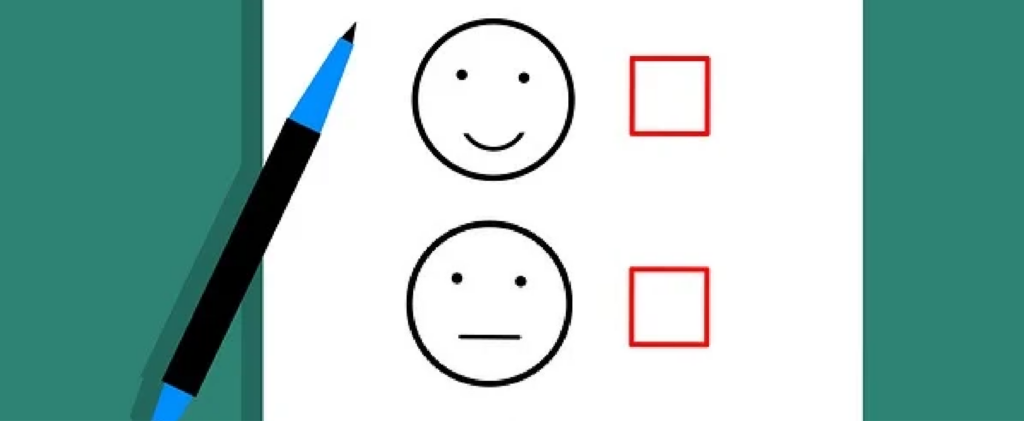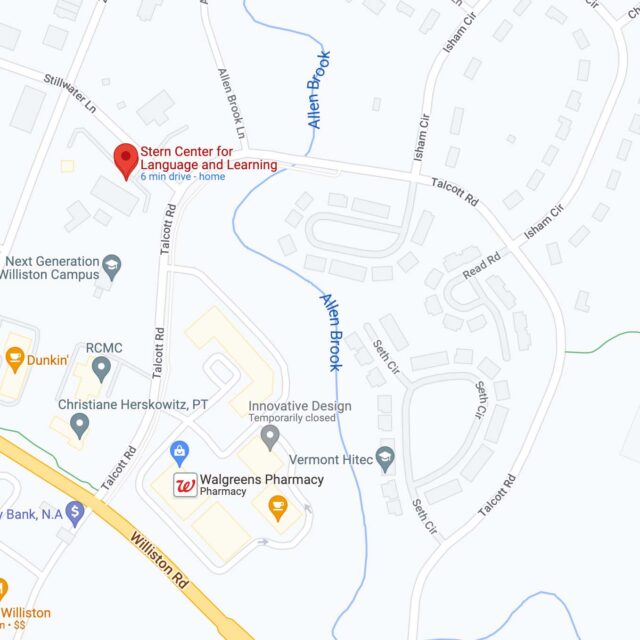
By Leigh Buettler, M.S.Ed., Director of Professional Learning
As the school year winds down into spring and summer break looms on the horizon, we often experience a myriad of shifting emotions – gratitude for the nicer weather, anticipation for different days ahead, stress at the seemingly never-ending to-do list, and sadness that the students we’re working with this year are moving to a new classroom, a new building, or a new phase in their life. Our students experience the same, possibly with some added emotions and challenges due to their lives outside of our school walls.
It’s a time of year where we are straddling our anticipation and vision of the future, and our reflections on the past year. It’s a perfect time to engage our students in some of that reflective work as well.
When I started teaching, I began surveying my students to see what they liked and what they didn’t like about our classroom. It gave me invaluable information as a new teacher. I was able to consider what I was doing well and not-so-well, from their perspective and mine. Using their responses and my reflections, I was able to adjust and try new techniques, methods, routines, and procedures. Through these surveys and experimentations, I was able to develop many new skills and strategies.
It also helped my students voice their opinions about their likes and dislikes and examine themselves as learners. What did they like best about the school year? What would they change if they could? What was I doing as their teacher that was helping or holding them back? My students always relished these opportunities to share their thoughts and experiences. They didn’t have that opportunity in many other classrooms or settings. For the most part, they were expected to perform well no matter what they thought or felt about their learning environment or their teacher. But that’s not how we learn best, and allowing students to share their thoughts about their experiences is a powerful learning opportunity for them and us.
If you’re interested in having your students engage in an end-of-the-year survey, check out this free version. It’s suitable to use with a variety of grade levels. Depending on your student’s grade level and needs, you could always interview students, ask them questions, and jot down their responses. As their lifelong learning role model, you can set a powerful example of reflective practice by learning from your students and supporting their agency in their day-to-day lives.
Happy spring,
Leigh Buettler, Director of Professional Learning
“We do not learn from experience … we learn from reflecting on experience.”
~ John Dewey
